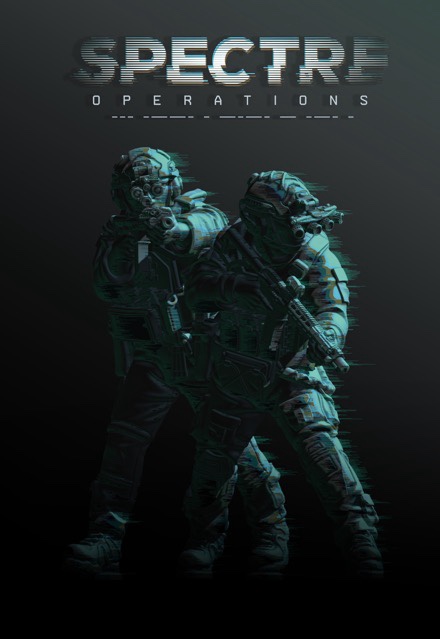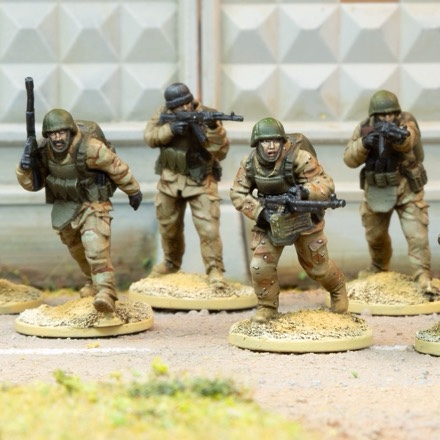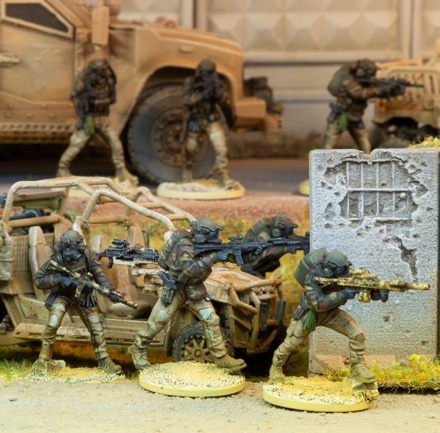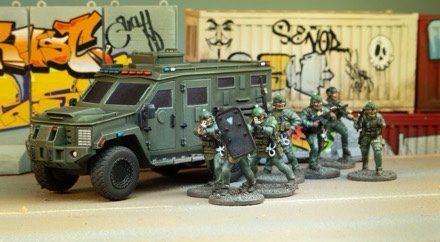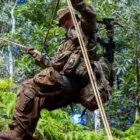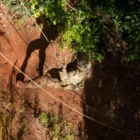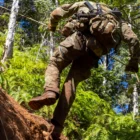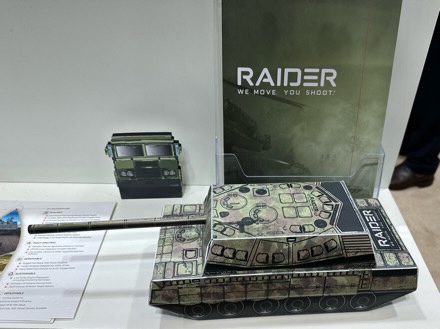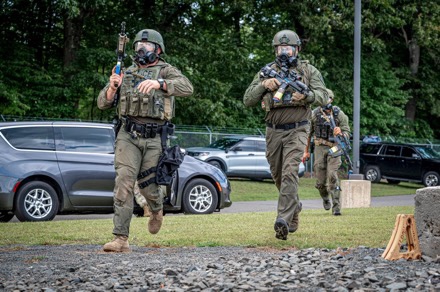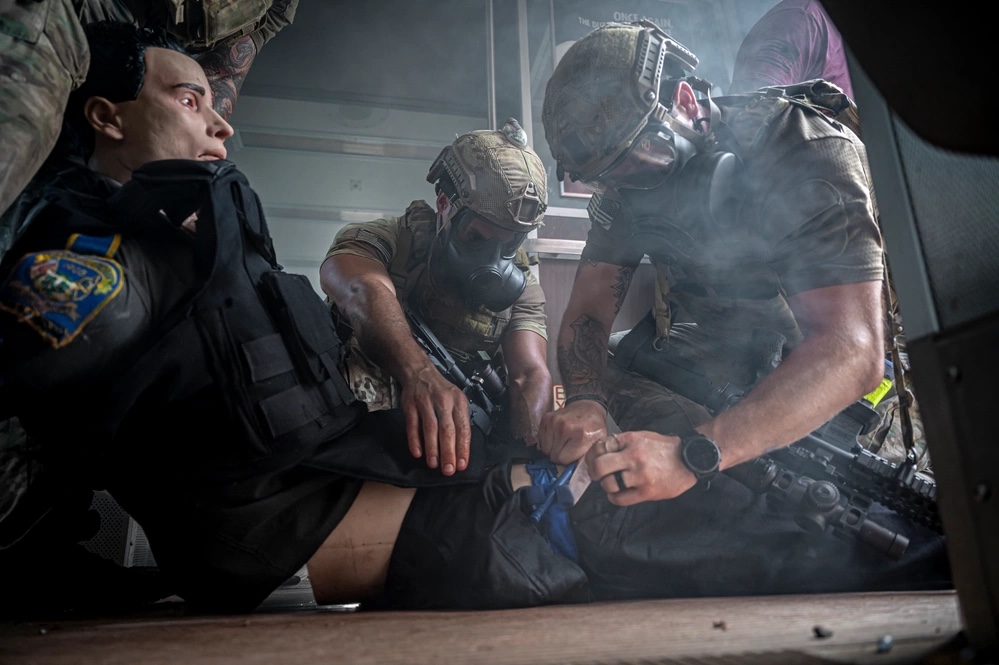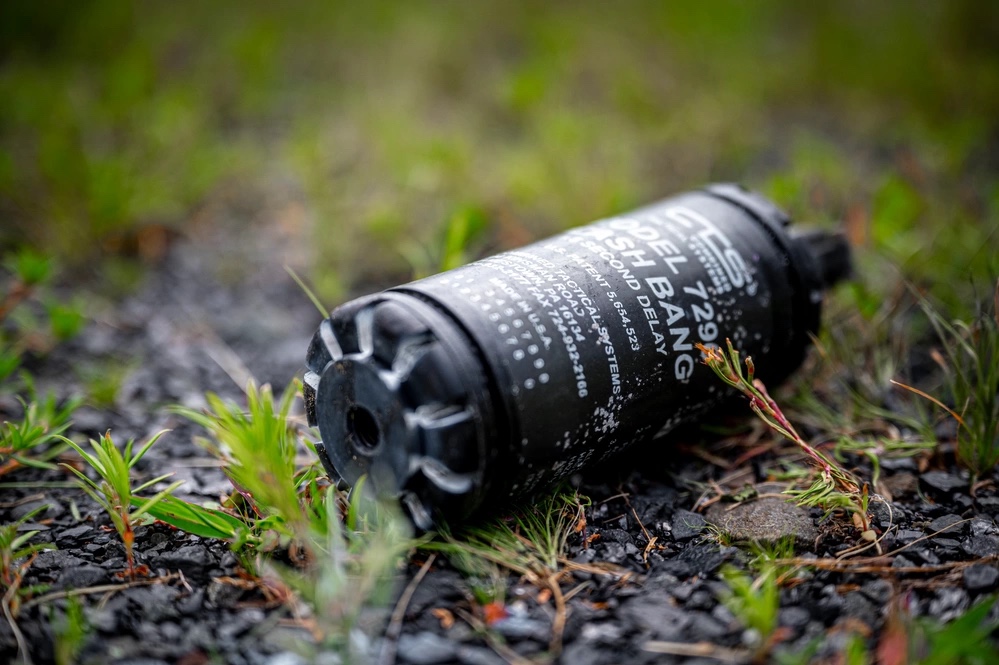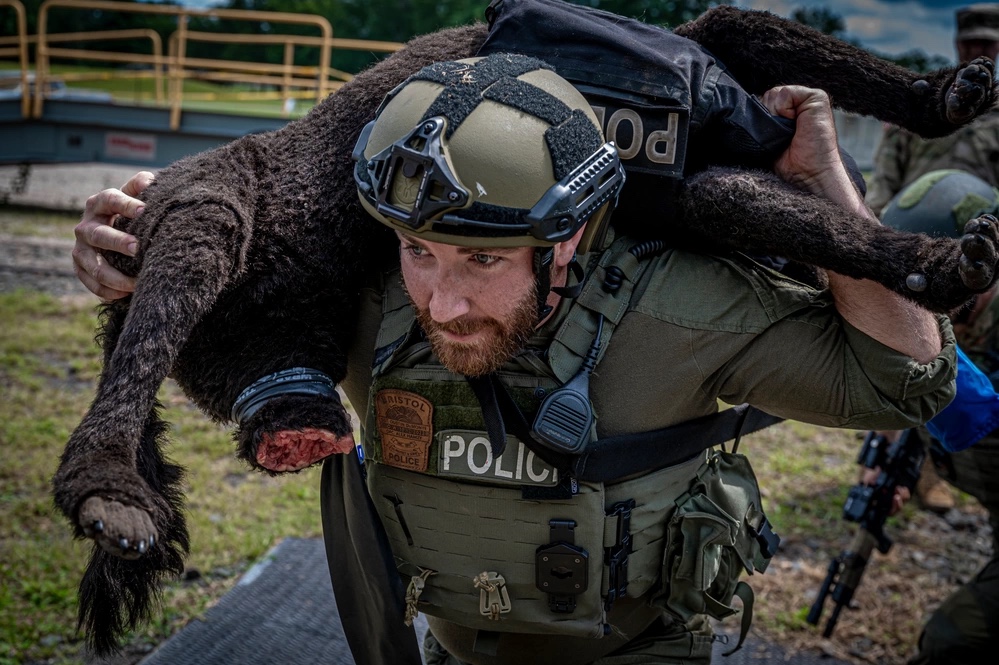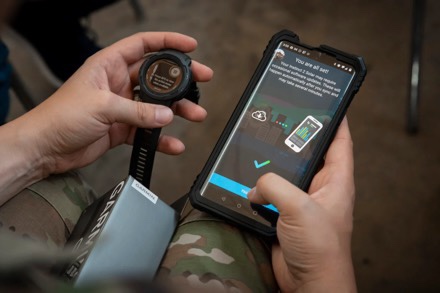HAWAII – A team of Marine Raiders recently completed a jungle tracking and mobility course as part of their pre-deployment training program.
The course, administered by instructors from the Tactical Tracking Operations School, teaches mobility in a jungle environment, rope and rappel work, jungle tracking, and anti-tracking techniques.
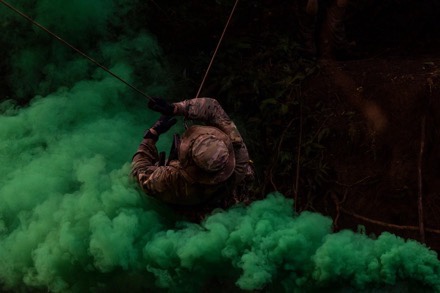
For roughly two weeks, the team worked on enhancing these skills to be able to effectively operate in a jungle environment while deployed.
“Looking at the Pacific and deployments in that region, learning these skills is essential,” said a critical skills operator. “For so long we trained for desert environments and now we have to look at where we could be needed next, and the jungle is top of that list.”
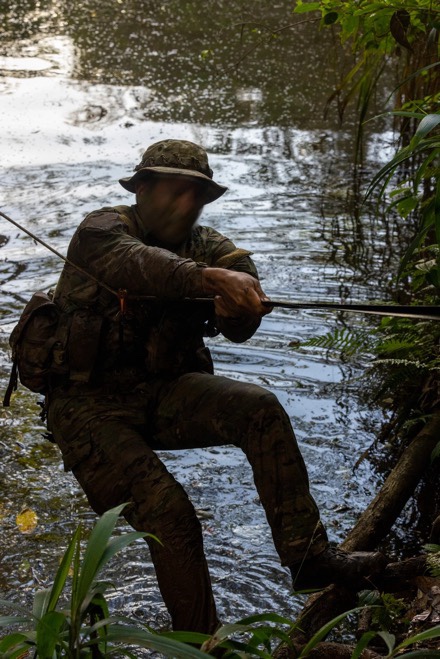
Since 2015, TTOS has been offering some manner of jungle training for U.S. Special Operations Command units, and in 2021, upon the arrival of their current vice president, Cody Carroll, the program began to evolve into what it is today.
“My last deployment as a reconnaissance officer was to the Pacific region,” said Carroll. “Through my own research and training, I realized most units didn’t have the hard skills or training to succeed in this environment.”
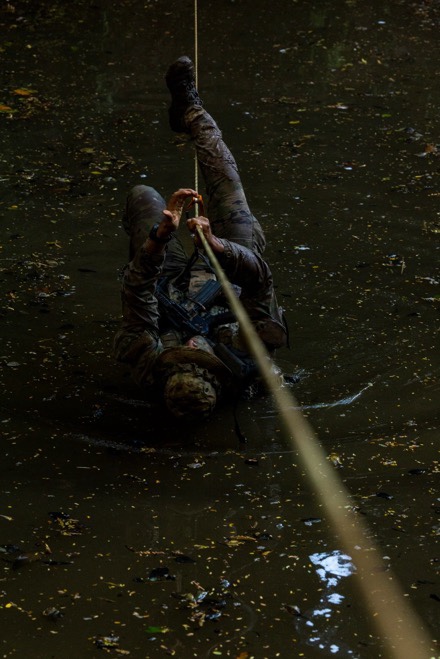
The creation of the current course was not about creating a new, innovative program, but more about getting back to how historical forces would have trained.
“These same problems that we have now: low visibility, difficulty for intelligence, surveillance and reconnaissance platforms, broken communications, and logistical issues, they all existed for troops during WWII and Vietnam,” Carroll said. “We didn’t need to reinvent the wheel, just build the skills that we stopped training because we spent 20 years in the desert.”
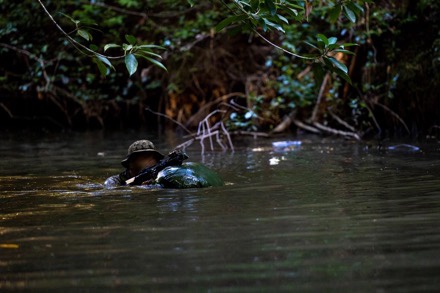
Throughout the two weeks, the team trained in every aspect of jungle mobility. They had to navigate thick brush, scale and rappel cliff faces, and traverse rivers and other water features. All while either tracking an adversary or preventing an adversary from being able to track them.
They also spent time learning jungle specific counter improvised explosive device techniques, reaction to contact in dense vegetation, and setting and countering ambushes.
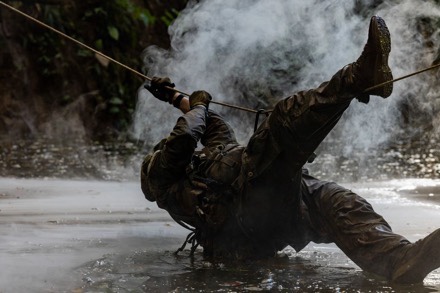
“You see guys that are newer to the team start out very hesitant in these different drills and in tracking,” said a CSO. “By the end of it, the confidence is through the roof, you’ll see those same guys find a track and maneuver the jungle like they’ve been doing it their whole lives.”
The course culminates with an exercise designed to last up to 72 hours where the students are ambushed by an adversary and must regroup and utilize their command and control to organize tracking teams to capture the adversary using all of the tracking and mobility techniques learned over the two weeks.
The team all responded positively to the training, praising its effectiveness and the foundation it provides for SOF units to build upon as they deploy to regions where this sort of mobility is needed.
“I’ve been through this training with two teams now and both experiences were beneficial to everyone on the team,” a CSO said. “I really think every company that can deploy to a jungle environment should come do this training. It’s invaluable.”
Story by Cpl Henry Rodriguez II,
Marine Forces, Special Operations Command
